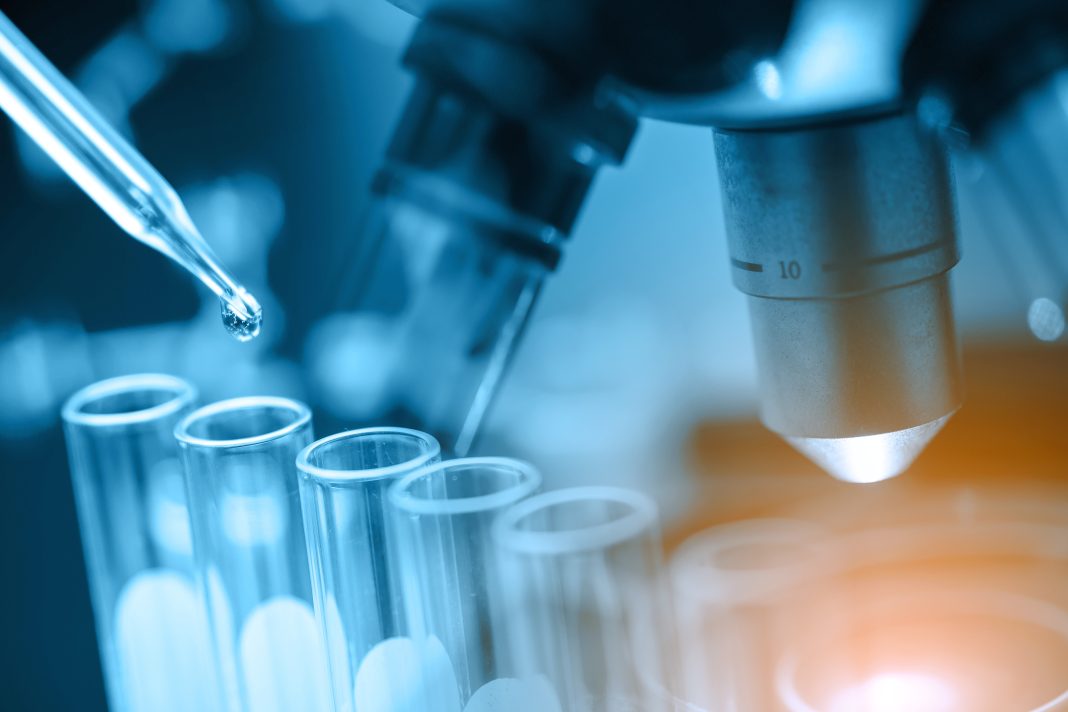To make continuous pharmaceutical biomanufacturing a standard practice, the industry needs new, more-capable bacterial strains. Researchers at Rice University are helping address that challenge with self-organizing, tunable, engineered living materials (ELMs) embedded in a biopolymer matrix that can be used in multiple types of applications.
Sara Molinari, PhD, postdoctoral research associate in the Caroline Ajo-Franklin Lab and first author on the recent Nature Communications paper, says she chose a freshwater bacterium called Caulobacter crescentus as the basis of the ELMs.
C. crescentus, although little known, has been used as a candidate for vaccine development because it can efficiently display proteins on its surface and elicit an immune response. It also appears to have anti-tumor activity.
More importantly for manufacturing, says Molinari, “It has a unique ability to display and secrete large amounts of proteins. These cells can be programmed to sense specific molecules such as biomarkers, and respond, for example, by producing pharmaceutically relevant peptides.”
In one experiment, these ELMs successfully enzymatically reduced an electron carrier to oxidize glucose. In another, they removed cadmium from an aqueous solution.
Engineered bacteria self-assemble from the bottom up
The engineered bacteria self-assemble from the bottom up. “Bottom-up assembly, in this case, refers to the fact that the materials grow from genetically engineered cells without external intervention,” Molinari explains. “This is important because it facilitates the fabrication of these materials in terms of time, cost, equipment, and specialized personnel required. Moreover, self-assembling materials also have the potential to self-repair in case of damage, which increases their longevity and decreases the maintenance effort.”
Making these slime-like ELMs requires only the bacteria, nutrients–less than many bacteria–and motion. Basically, they grow in flasks for a day and once they reach about one centimeter in size, they sink and stop growing. These ELMs are shelf-stable at room-temperature for about three weeks and can be reseeded to grow new material.
Causing them to self-assemble was the challenging part. To achieve self-assembly, the researchers engineered the bacteria to secrete a biopolymer matrix in a way that not only gave it form but included attachment tags so it could be functionalized.
A primary advantage of this ELM platform is that it creates “highly reproducible, autonomous formation of ELMs,” that can be engineered using known polypeptides and proteins to express specific properties, the authors wrote.
Molinari and the lab envision modifying them for additional catalytic uses, as well as for transport, thermal, optical, electrical, and mechanical applications. Design rules governing the growth, assembly and functionalization of these ELMs will continue to be tested.






